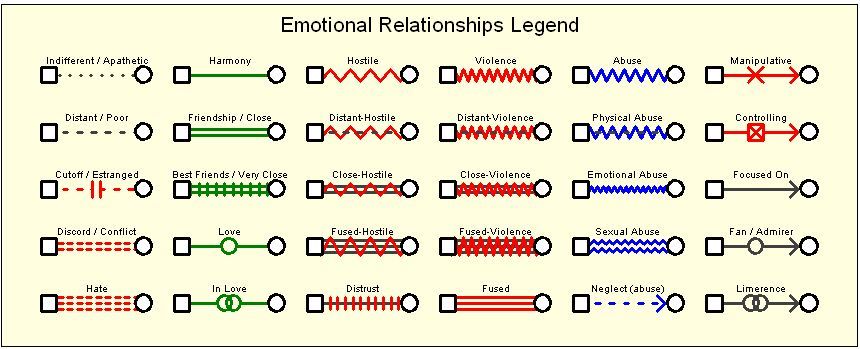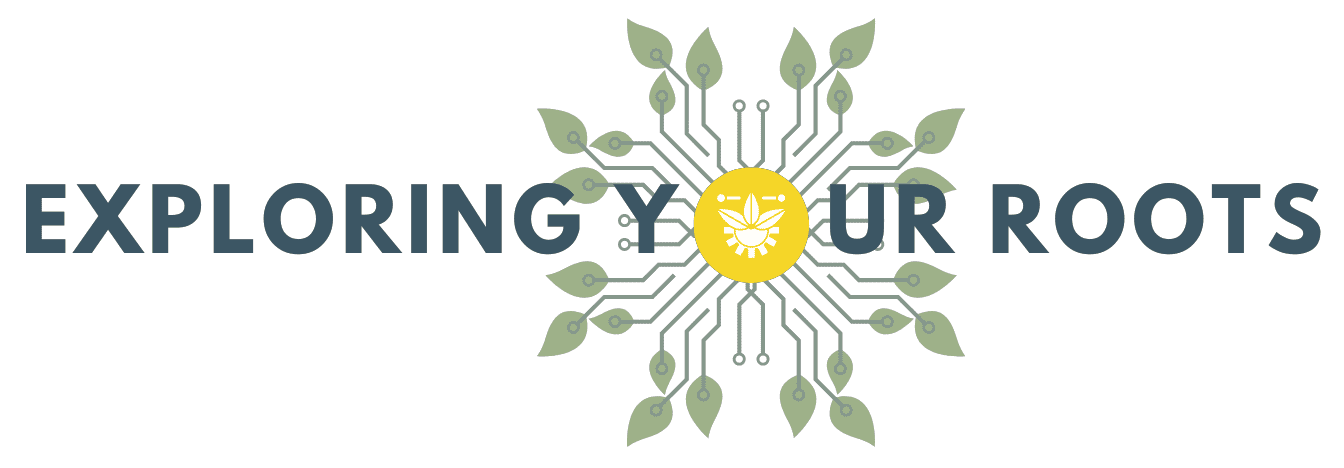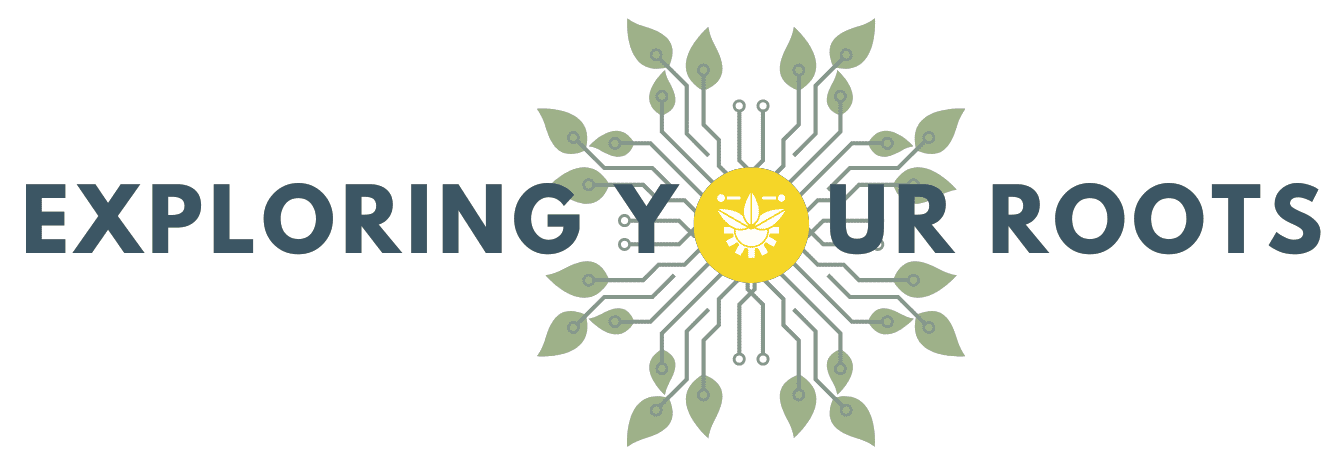In our quest for self-awareness and self-improvement, understanding our roots and familial connections can be a vital steppingstone. Enter the genogram – a remarkable tool that offers a visual representation of family relationships, enabling us to explore patterns, strengths, and weaknesses within our lineage. In this comprehensive guide, we will delve into the origins and purpose of genograms, explore their diverse applications, learn how to create one, understand what information to include, discover the best places to make a genogram, and uncover how this powerful tool can facilitate personal growth.
The Origins and Purpose of Genograms
Genograms have their roots in family therapy and were developed by Dr. Murray Bowen in the 1970s. Initially intended for use by therapists, genograms have since become valuable resources for individuals seeking self-understanding and personal development. The primary purpose of a genogram is to visually depict family relationships and provide a comprehensive view of the interconnections, emotional dynamics, and significant events that have shaped our lives. By analyzing patterns, behaviors, and hereditary factors, genograms allow us to identify recurring themes, understand our strengths and weaknesses, and make informed decisions regarding our personal growth journey.
Unlocking the Potential: How Genograms Are Used

Genograms find application in various fields, including psychology, genealogy, healthcare, and social work. In the realm of psychology, therapists use genograms to gain insights into clients’ backgrounds, identify systemic patterns, and facilitate effective treatment plans. Within the genealogy field, genograms assist in mapping family history, understanding heritage, and discovering hidden connections. For healthcare, genograms prove invaluable for identifying inherited health conditions, tracking disease patterns, and promoting preventive care. Social workers employ genograms to assess family dynamics, identify support systems, and tailor interventions accordingly. With their versatility and applicability, genograms serve as invaluable tools for professionals and individuals alike.
Creating Your Personal Genogram
Crafting your personal genogram can be a transformative and enlightening experience. Begin by gathering essential information about your immediate and extended family, including names, dates of birth, relationships, and key life events. Utilize online genogram software or drawing tools to create a visual representation of your family tree. Use standardized symbols to denote various relationship dynamics, such as marriages, divorces, adoptions, and conflicts. Add additional layers of information, such as health history, behavioral patterns, and significant milestones, to create a comprehensive and detailed genogram. Remember, the process of constructing a genogram is as valuable as the final product itself.
What Information Should Be Included in a Genogram?

A well-constructed genogram should encompass crucial information that helps unravel the intricacies of family dynamics. Include details such as birth and death dates, relationships, and significant life events. Capture data related to marriages, divorces, adoptions, and other notable family dynamics. To gain deeper insights, incorporate health information, including hereditary diseases and conditions. Behavioral patterns, such as addiction or mental health issues, can also be essential components. Additional layers of information, such as education, career paths, and even hobbies, provide a more holistic understanding of the family unit. Remember, the more comprehensive the genogram, the greater the potential for self-awareness and growth.
The Best Places to Create Your Genogram
Embarking on the journey of creating a genogram has become increasingly accessible with the aid of online tools and software. Platforms like GenoPro, Genogram Analytics, and Lucidchart offer intuitive interfaces and pre-designed symbols, simplifying the process for beginners. These tools allow you to create, customize, and visualize your genogram effortlessly. Furthermore, mobile applications like Family Search, Ancestry, and MyHeritage offer additional features, including extensive genealogical databases and the ability to collaborate with relatives. Whether you choose web-based software or mobile apps, these resources empower you to embark on your self-discovery journey and capture the rich tapestry of your family history.
Genograms: A Powerful Tool for Self-Awareness and Self-Improvement
Genograms are not merely family trees; they are transformative tools for self-awareness and personal growth. By visually mapping our familial relationships, we gain a deeper understanding of the intergenerational patterns that have shaped us. Identifying recurring themes, strengths, and weaknesses allows us to make conscious choices, break negative cycles, and foster positive change. Genograms foster empathy, compassion, and forgiveness as we recognize the impact of past experiences on our present selves. Armed with this knowledge, we can embark on a journey of self-improvement, fostering healthier relationships, and enhancing our emotional well-being.
Want to learn more about genealogy research? Visit our article Best Tools for Genealogy Research, Organizing, & Writing.


